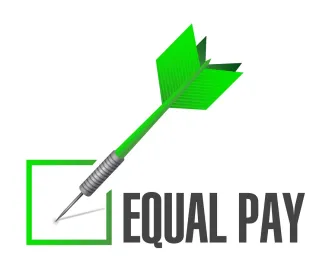When we think about the “pay gap,” often only the disparity between genders comes to mind – the disparity in pay between all males and all females. It is not the only gap employers should be mindful of. For example, Black Women’s Equal Pay Day, which this year fell on August 7, shines a spotlight on wage inequities based on race and gender. Black Women’s Equal Pay Day marks how long a black woman has to work into 2018 to earn the same amount as a white male. On August 7, news stations published articles, #BlackWomensEqualPayDay was trending on Twitter, and celebrities spoke out about the issue. Pay equity has been a hot-button issue, especially at the state and local levels.
Pay equity by race and gender has been the subject of state fair pay laws. The laws passed in New Jersey, Oregon, and California, for example, prohibit pay discrimination not only on the basis of sex, but also on the basis of other protected characteristics, including race.
What does this mean for employers? Mind the gap. While suggested actions depend on the state(s) in which each employer operates, as each state law is different, employers can consider taking some general steps:
- Understand how compensation is set and strive for consistency in carrying out compensation policies.
- Document the reasons for pay decisions, as appropriate, in case they are challenged. If Amy is paid less than others with a similar job because Amy doesn’t have the same certificates, for example, be sure to note that Amy doesn’t have the preferred certificates. Be ready to defend disparities in pay with valid reasons.
- Consider conducting a privileged, proactive pay equity analysis with qualified legal counsel to identify and resolve potential issues before they arise.




 />i
/>i

